
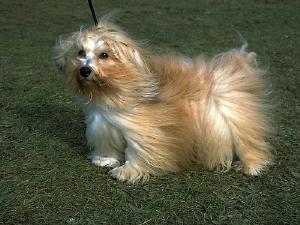





The Havanese are direct descendants from one of the Bichon groups originating in the Mediterranean area. There is disagreement as to the origin of this small breed. Some argue that the Havanese is a descendant of the Italian Bolognese, which were taken by the Italians to Argentina, and there crossed with a small South American Poodle, creating a new member of the Bichon family. The hypothesis of others it that the Havanese is descended from the Maltese, brought to the West Indies by the Spaniards, and were at that time called "The Havana Silk Dog". It is written that the ancestors of the Havanese traveled to Cuba during the days of the Spanish Empire by the Italian sea captains. Many sea captains, beside their company's cargo, carried rich personal trade goods aboard their ships. Their personal profit was derived from the sales of these goods to the wealthy Cuban families. Hence, the entree gift of one of these precious little dogs to the wealthy senoras opened the doors of her home to them. For the most part, these little dogs were seen in the palaces and country estates of the very wealthy families.
The Havanese, like their anchestors were becoming extinct when first brought to the United States by Cuban families relocating as much as 30 years ago. Two of these families who brought their little dogs with them were the Perez family and the Fantasio family. Combining their forces, they endeavored to preserve the breed from extinction. These little dogs are alert,and quick to understand what is expected of them. They possess a charming and loveable personality. They are extremely intelligent like most of the small terriers, and lack none of the terrier's hardy stamina. They have an alert and lively expression that tells you that they miss nothing going on about them. These little firends become devoted members of the family they are adopted into. They have been known to heroically guard small children and tales are told of them doing everything from herding ducks, to performing circus acts. They are loveable natural clowns. Friendly, but discriminating, they make fine watchdogs. The breed is non-shedding and odorless. They are long in the body as compared to their height. The legs are short, straight and well muscled. They stand from eight to ten and one-half inches at the shoulder. The tail is well plumed and carried curved over the back. Their gait is quick and springy. The head should not be too long nor too narrow, nor round in the skull. The nose should be neither too long nor blunt. The stop is well defined and the eyes are round and dark, but not prominent nor buldging. The ears should be long, well feathered and hanging close to the head. The nails are preferred black, but lighter are permissible on the lighter colored dogs. Even though the Havanese is considered a toy breed, they are not meant to be a tiny, fragile dog. They are small, but muscular, lively with great stamina.
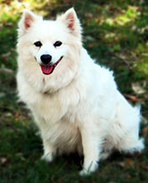 American Eskimos: A guide to dogs and puppies of the American Eskimo breed
American Eskimos: A guide to dogs and puppies of the American Eskimo breed
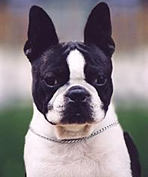 Boston Terriers: A guide to dogs and puppies of the Boston Terrier breed
Boston Terriers: A guide to dogs and puppies of the Boston Terrier breed
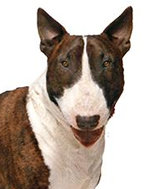 Bull Terriers: A guide to dogs and puppies of the Bull Terrier breed
Bull Terriers: A guide to dogs and puppies of the Bull Terrier breed
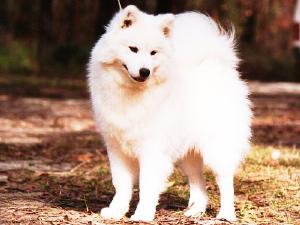 Samoyed
Samoyed
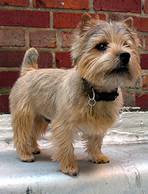 Norwich Terriers: A guide to dogs and puppies of the Norwich Terrier breed
Norwich Terriers: A guide to dogs and puppies of the Norwich Terrier breed
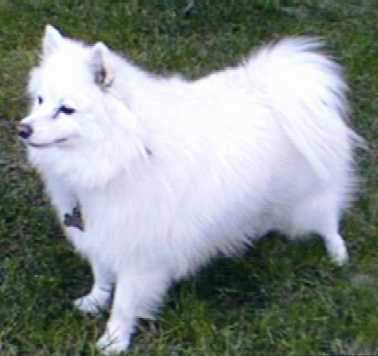 American Eskimo
American Eskimo
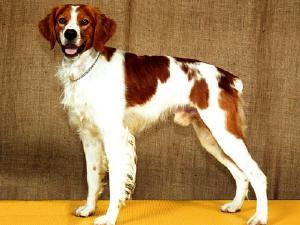 Brittany Spaniel
Brittany Spani
Brittany Spaniel
Brittany Spani
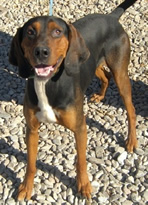 Black and Tan Coonhounds: A guide to dogs and puppies of the Black and Tan Coonhound breed
The Black and Tan Coonhound!
The Black and Tan coonhound is
Black and Tan Coonhounds: A guide to dogs and puppies of the Black and Tan Coonhound breed
The Black and Tan Coonhound!
The Black and Tan coonhound is
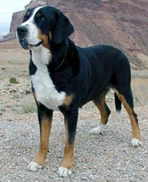 Greater Swiss Mountain Dogs: A guide to dogs and puppies of the Greater Swiss Mountain Dog breed
The Greater Swiss Mountain Dog!
The Great Swiss Mountain Do
Greater Swiss Mountain Dogs: A guide to dogs and puppies of the Greater Swiss Mountain Dog breed
The Greater Swiss Mountain Dog!
The Great Swiss Mountain Do
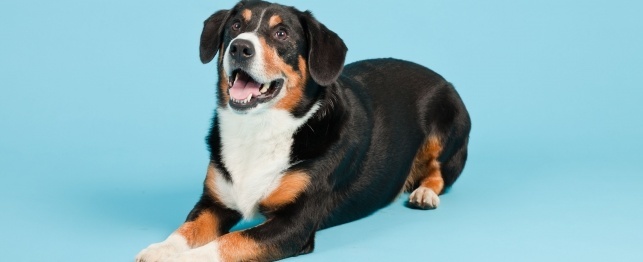 Choosing an Entlebucher Mountain Dog
Choosing an Entlebucher Mountain Dog
Choosing an Entlebucher Mountain Dog
Choosing an Entlebucher Mountain Dog
 Beagle
Beagle
Beagle
Beagle
Copyright © 2005-2016 Pet Information All Rights Reserved
Contact us: www162date@outlook.com